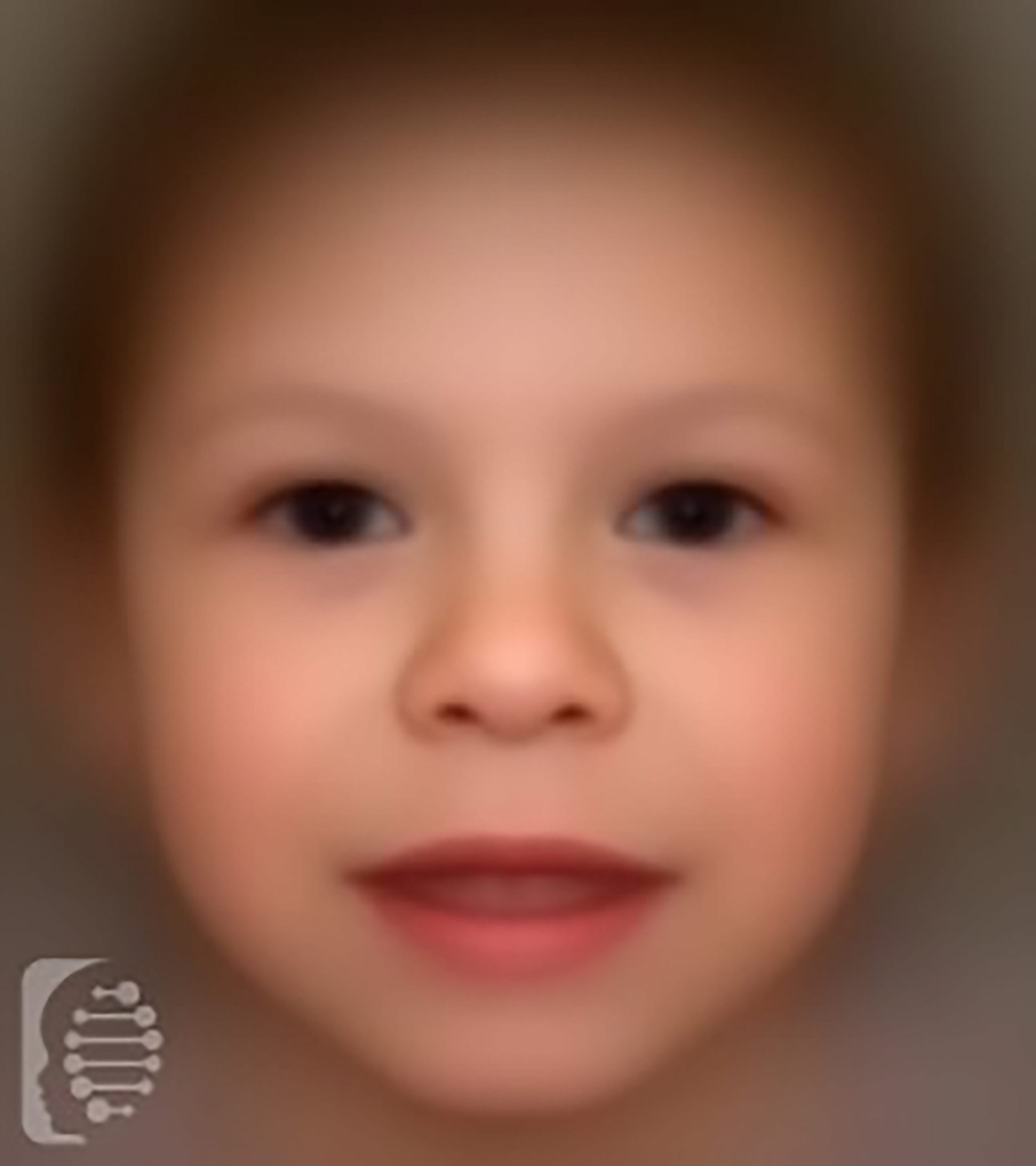Williams Syndrome And Anesthesia
Williams syndrome and anesthesia. Patients with Williams syndrome are at high risk for anesthesia especially when undergoing cardiac procedures. 1 It is present at birth with a prevalence of 1 in 7500 2 and affects boys and girls equally. Usually supravalvular aortic stenosis peripheral pulmonary artery obstruction and mental retardation IQ 4080 elfin facies.
All William syndrome patients undergoing non-cardiac surgical interventional or imaging studies are cared for by main operating room pediatric anesthesiologists. Williams Syndrome and Anesthesia in a Large Unselected Cohort. Patients with Williams syndrome are considered at high risk for anesthesia-related adverse events.
The phenotypic appearance of people with Williams syndrome is well characterized but there continues to be new genetic and therapeutic discoveries. The risk can be mitigated with appropriate planning and adherence to the hemodynamic goals for non-cardiac surgical procedures. Fixed cardiac output and myocardial ischemia leading to dyspnea and angina.
Precautions before Anesthesia Anesthetic Considerations. Since the first description in 1961 several case reports have documented an increased incidence of anesthesia-related cardiac arrest in patients with WilliamsBeuren syndrome commonly known as Williams syndrome WS. At our institution all William syndrome patients undergoing cardiac surgical cardiac catheterizationinterventional procedures and cardiac imaging studies are cared for by cardiac anesthesiologists.
The risk of sudden death in this population is 25 to 100 times that of the general population with many documented deaths associated with sedation or anesthesia. And Kelli Deering and Paige Kaplan MD Division of Genetics Childrens Hospital of Philadelphia Univ. Patients with Williams syndrome have increased morbidity and mortality under sedation.
This review article focuses on new information about Williams syndrome and outlines a structured approach to patients with Williams syndrome in the perioperative period. In general anesthesia is deemed safe for individuals with WS. Patients with Williams syndrome have increased morbidity and mortality under sedation and anesthesia largely as a result of cardiovascular abnormalities.
Mutations deletions in the elastin gene ELM are responsible at least in. Williams syndrome WS also known as Williams-Beuren syndrome is caused by a deletion of part of chromosome 7 and is a multisystem disorder that was first identified as a distinct clinical entity in 1961.
Patients with Williams syndrome are considered at high risk for anesthesia-related adverse events.
Widespread arteriopathy secondary to an elastin gene defect results in various cardiac defects including supravalvar aortic stenosis SVAS and coronary artery. Williams syndrome affects approximately one in 10 000 people and is caused by the deletion of genes on chromosome 7q1123 which code for elastin. Williams Syndrome and Anesthesia in a Large Unselected Cohort. Fixed cardiac output and myocardial ischemia leading to dyspnea and angina. A 4 year old boy with Williams syndrome developed masseter spasm after halothane and suxamethonium. The surgery was accomplished with a nontriggering anaesthetic and no further problem. All William syndrome patients undergoing non-cardiac surgical interventional or imaging studies are cared for by main operating room pediatric anesthesiologists. Williams syndrome WS also known as Williams-Beuren syndrome is caused by a deletion of part of chromosome 7 and is a multisystem disorder that was first identified as a distinct clinical entity in 1961. The phenotypic appearance of people with Williams syndrome is well characterized but there continues to be new genetic and therapeutic discoveries.
Patients with Williams syndrome have increased morbidity and mortality under sedation and anesthesia largely as a result of cardiovascular abnormalities. All William syndrome patients undergoing non-cardiac surgical interventional or imaging studies are cared for by main operating room pediatric anesthesiologists. Anaesthesia was induced with fentanyl and thiamylal and maintained with nitrous oxide oxygen sevoflurane and continuous intravenous infusion of fentanyl. Williams syndrome affects approximately one in 10 000 people and is caused by the deletion of genes on chromosome 7q1123 which code for elastin. He did not develop malignant hyperthermia. And Kelli Deering and Paige Kaplan MD Division of Genetics Childrens Hospital of Philadelphia Univ. Fixed cardiac output and myocardial ischemia leading to dyspnea and angina.














33987-6.fp.png)

























Posting Komentar untuk "Williams Syndrome And Anesthesia"